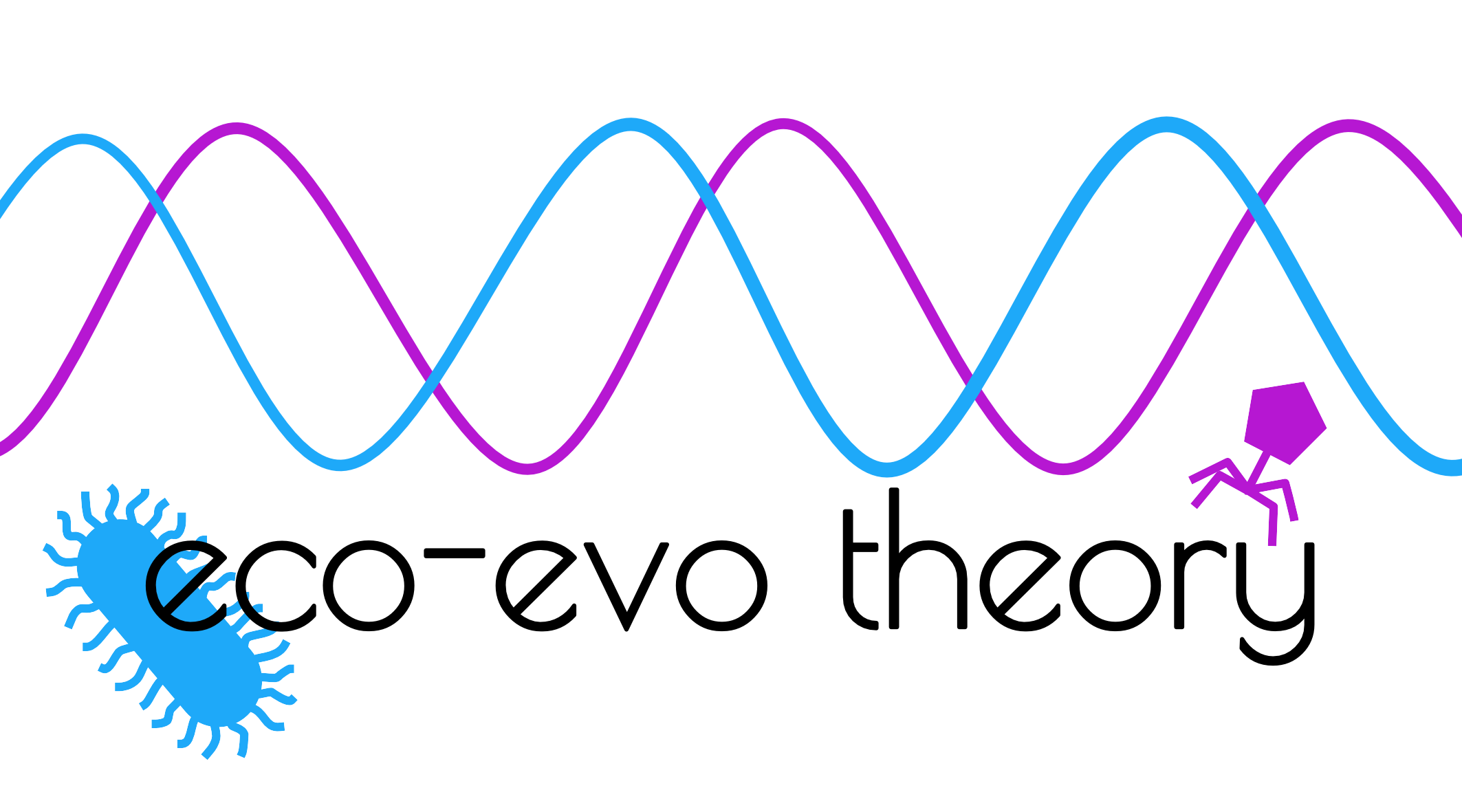Buckingham LJ, Bruns EL & Ashby B (2023) The evolution of age-specific resistance to infectious disease. Proc. R. Soc. B. 290:20222000
Read online | PDF | Preprint | Github repository
Abstract
Innate, infection-preventing resistance often varies between host life-stages. Juveniles are more resistant than adults in some species, whereas the converse pattern is true in others. This variation cannot always be explained by prior exposure or physiological constraints and so it has been hypothesised that trade-offs with other life-history traits may be involved. However, little is known about how trade-offs between various life-history traits and resistance at different life-stages affect the evolution of age-specific resistance. Here, we use a mathematical model to explore how trade-offs with natural mortality, reproduction and maturation combine to affect the evolution of resistance at different life-stages. Our results show that certain combinations of trade-offs have substantial effects on whether adults or juveniles are more resistant, with trade-offs between juvenile resistance and adult reproduction inherently more costly than trade-offs involving maturation or mortality (all else being equal), resulting in consistent evolution of lower resistance at the juvenile stage even when infection causes a lifelong fecundity reduction. Our model demonstrates how the differences between patterns of age-structured resistance seen in nature may be explained by variation in the trade-offs involved and our results suggest conditions under which trade-offs tend to select for lower resistance in juveniles than adults.

